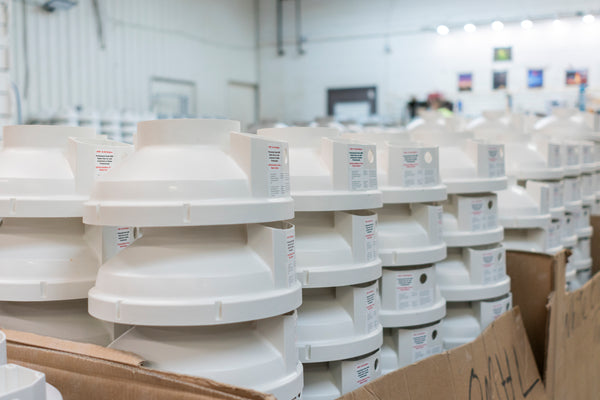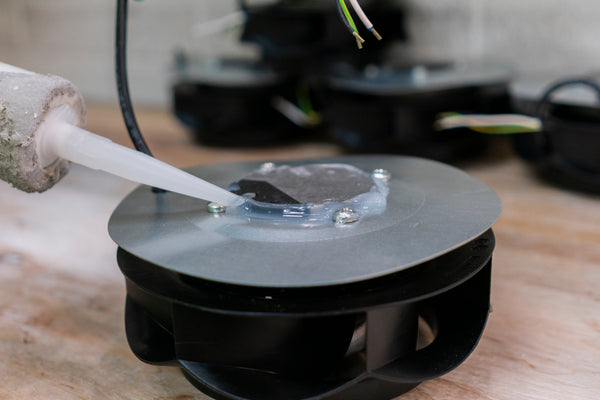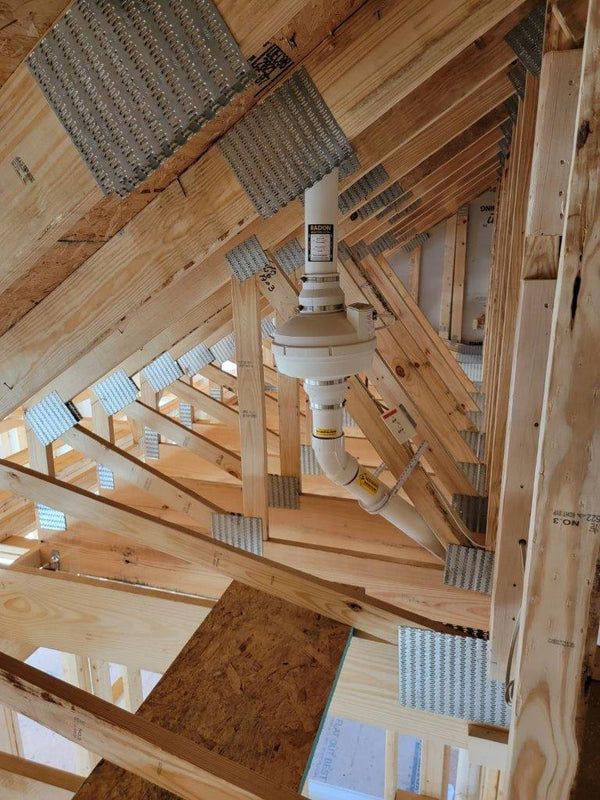
How Crawlspace Encapsulation Can Improve Indoor Air Quality
Have you noticed dust drifting through the sunlight in your living room? Or maybe you’ve battled mysterious musty odors that just won’t leave. If your home has a crawlspace, it might be the culprit. Many homeowners overlook the impact of crawlspaces, yet these hidden areas influence the air we breathe every day. If you want a cleaner, fresher home, it’s time to learn how crawlspace encapsulation can improve indoor air quality.
This blog unpacks exactly what crawlspace encapsulation involves and explains why it’s a solid investment for your family’s health. You'll discover the step-by-step process of encapsulating a crawlspace, learn about the most common air quality threats in your house, and understand the ways encapsulation shields your family from harmful pollutants.
What Is Crawlspace Encapsulation?
Encapsulation is a process that seals off the dirt floor of your crawlspace. While it’s a common solution for homes with elevated radon gas levels, it also prevents moisture, dirt, and pests from entering your home. Encapsulation creates a controlled environment under your home that protects your living spaces above.
The Encapsulation Steps
- Inspection and cleaning: Professionals begin by removing debris and damaged insulation. They also level the floor, especially if the crawlspace has a dirt or gravel floor. This sets the stage for a fresh, clean crawlspace.
- Sealing the crawlspace: Heavy-duty vapor barriers go up along the ground and walls, which the installers secure with fasteners and seam tape. These barriers prevent soil gases and moisture from entering the crawlspace. All gaps and cracks get sealed using professional crawlspace sealing tools, ensuring no spot is left exposed.
- Installing an exhaust pipe: Installers may need to place a PVC pipe below the crawlspace floor and drill a hole in your foundation wall to vent the pipe outside. This prevents radon gas and moisture from collecting below the vapor barrier.
- Adding optional dehumidification: In humid climates, some homeowners may need to include a dehumidifier in their encapsulation project. Homes prone to water intrusion may need a sump pump or drainage system as well.
- Final checks: Experts inspect the encapsulated space to confirm everything is sealed tight and functioning as intended.

Factors That Impact Air Quality in Your Home
Several elements influence the air you breathe indoors, many of which creep in from the crawlspace.
Outdoor Pollutants and Allergens
- Radon: This invisible, odorless gas can seep up from the soil and cause lung disease and cancer with long-term exposure.
- Wildfire smoke and pollen: Microscopic particles can enter through gaps and cracks, especially in older homes.
Water and Moisture
Moisture leads to mold and mildew growth and even entices pests. When a crawlspace remains damp, it transforms into a breeding ground for airborne irritants.
Fuel-Burning Appliances
Heaters, water heaters, and gas stoves release byproducts into your home’s air. Without enough ventilation, these can collect in your living spaces.
Building Materials
Flooring materials, wall paint, insulation, and adhesives can emit volatile organic compounds (VOCs) that linger in the air.
Home Furnishings and Cleaning Products
Rugs, upholstered furniture, candles, and scent sprays all release particles and chemicals, adding to your home’s pollutant load.
Human Activity
Everyday actions such as walking, cooking, and running your HVAC system can circulate dust, pet dander, and other irritants in the air.
8 Ways Encapsulation Improves Air Quality in Your Home
Now that you understand the factors that impact your home’s indoor air quality, let’s explore the ways crawlspace encapsulation can help.
Minimizes Radon Gas Exposure
Radon naturally occurs in soil and poses health risks when it accumulates indoors. However, it’s odorless, which means that radon could threaten your indoor air quality without you knowing it.
It’s important to test your home for radon and consider encapsulating the crawlspace if the test reveals unsafe levels. By installing a vapor barrier on the floor and walls, encapsulation creates a physical block that keeps radon at bay.
Reduces Mold Growth
Nothing ruins indoor air faster than mold spores. Mold grows in damp, dark areas, which perfectly describes untreated crawlspaces. When you encapsulate, you prevent ground moisture from migrating upward to the floor joists and insulation of your home.
Encapsulation maintains safe humidity levels in the crawlspace, making it tough for mold and mildew to survive. This reduces the risk of mold spores traveling into your living area, which mitigates allergy symptoms and asthma flare-ups.

Blocks Outdoor Air Contaminants
Have you noticed increased allergies or dust inside your home after a windy day? Outdoor air could be entering through gaps in your foundation. Crawlspace encapsulation seals these openings, acting as a barrier to dust, pollen, and wildfire smoke.
With sealed crawlspace openings, you shut the door on contaminants, ensuring your indoor air stays cleaner year-round.
Lowers Humidity Levels
High humidity in your home can lead to a range of health problems, from breathing difficulties to skin irritation. Crawlspace encapsulation tackles humidity head-on. The vapor barrier, paired with a dehumidifier, regulates moisture under your home.
Improves HVAC Efficiency
Air leaks from the crawlspace force your HVAC system to work harder than it needs to. When encapsulation closes off those gaps, your system circulates conditioned air more easily.
Prevents Pest Infestations
Rodents, insects, and spiders crave the shelter and moisture found in unsealed crawlspaces. Once inside, pests leave behind droppings and organic debris, which circulate through your home. Encapsulation forms a strong physical barrier, making it difficult for pests to find their way in. This helps:
- Reduce allergens from droppings
- Prevent the spread of bacteria and parasites
- Keep your home cleaner and safer
Eliminates Odors
Musty, sour, and earthy smells can waft up from crawlspaces, especially after rain or periods of high humidity. Encapsulating a crawlspace prevents the odor of mold, mildew, or decomposing organic matter from entering your home. Encapsulation addresses both the smell and its source, resulting in noticeable freshness throughout your home.
Enhances Overall Indoor Air Circulation
Clean, dry, sealed crawlspaces support better air movement throughout your home. With fewer contaminants in circulation, your ventilation system distributes fresher air, reduces the risk of stagnant air pockets, and helps all rooms feel more comfortable.
Building a Healthier Home With Crawlspace Encapsulation
The quality of the air inside your home matters for your health, comfort, and happiness. Crawlspace encapsulation can improve indoor air quality by targeting the root causes of indoor air pollution, from moisture and mold to pests and pollutants.
The process involves professional cleaning, thorough sealing with specialized crawlspace sealing tools, moisture control, and ongoing maintenance to protect what matters most. If you aim for total peace of mind, crawlspace encapsulation offers a smart, lasting way to breathe easier, enjoy fresher air, and safeguard your property for years to come.





